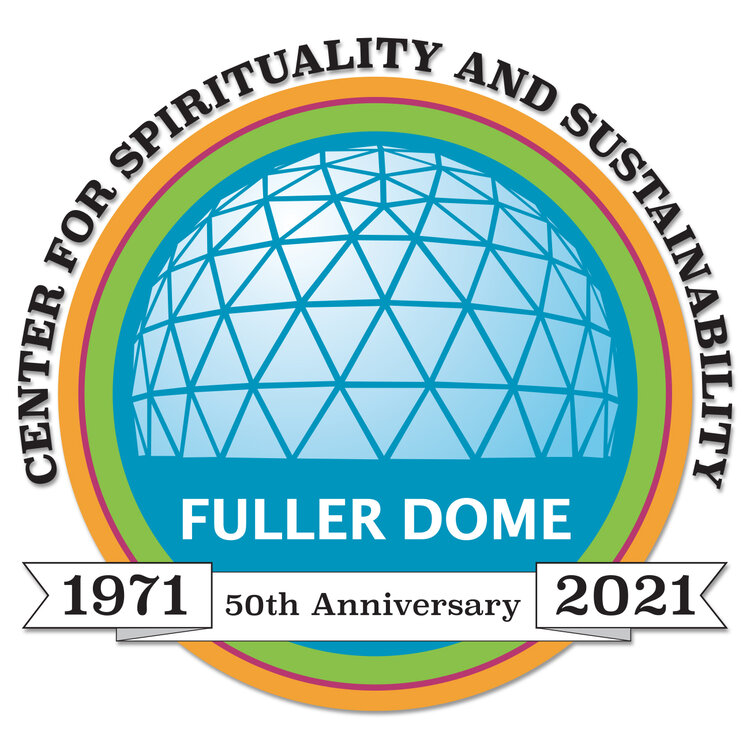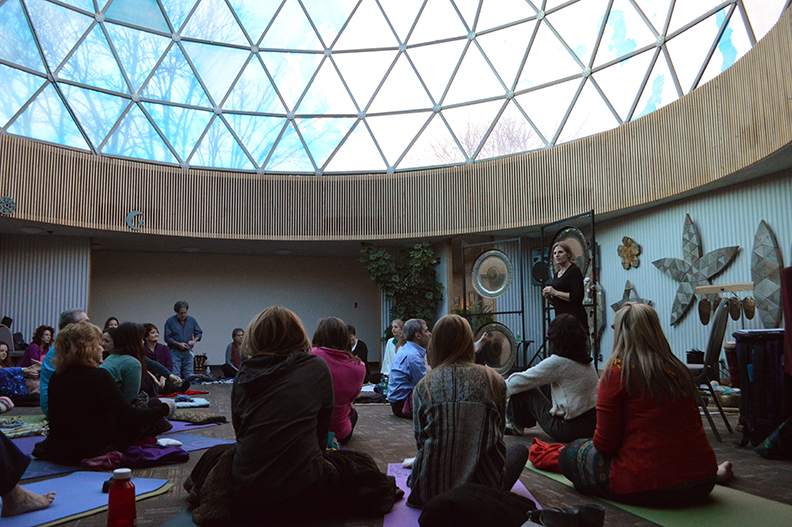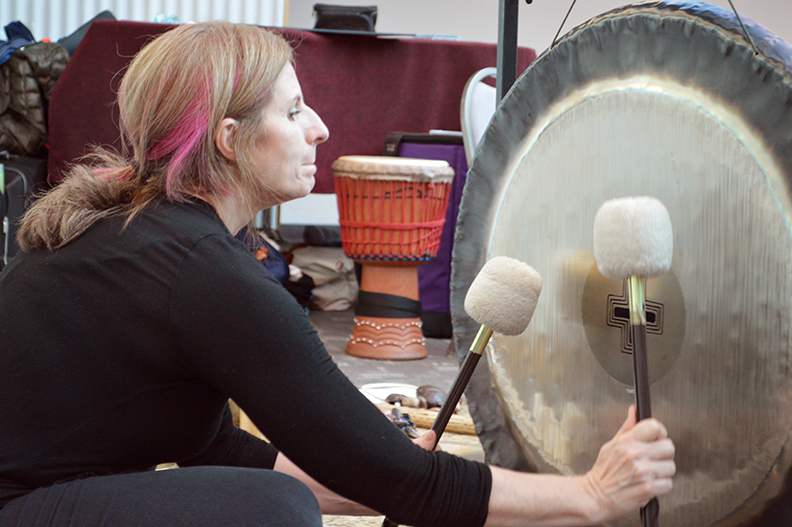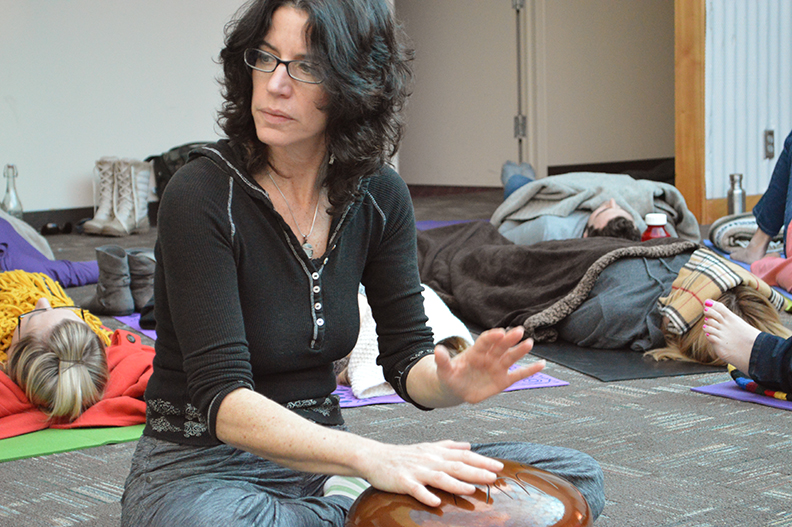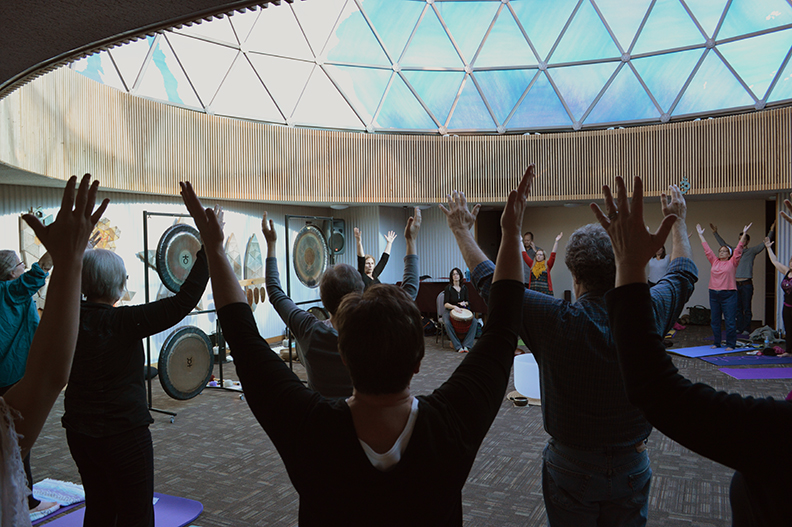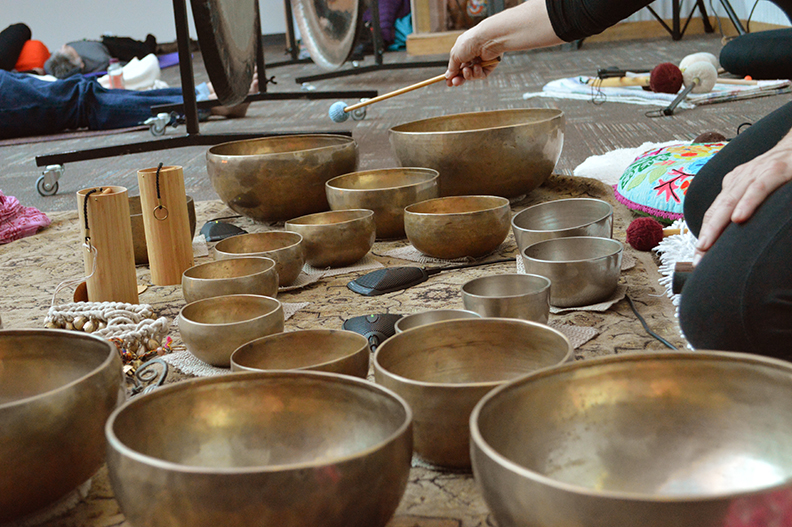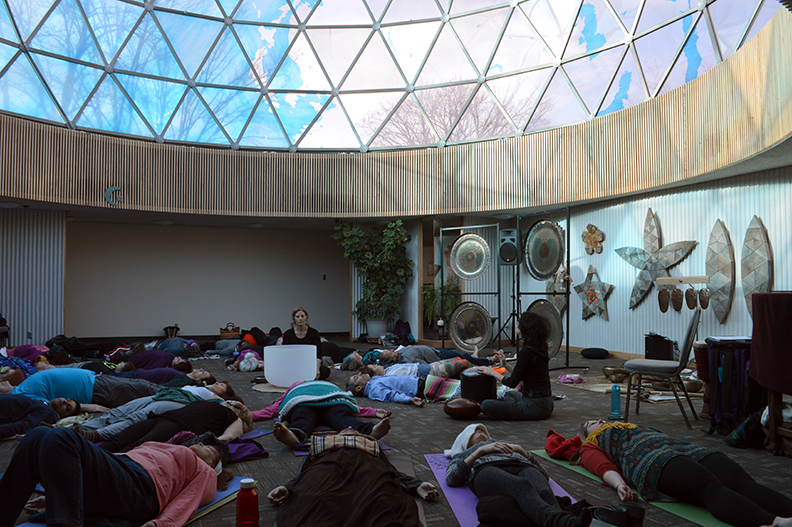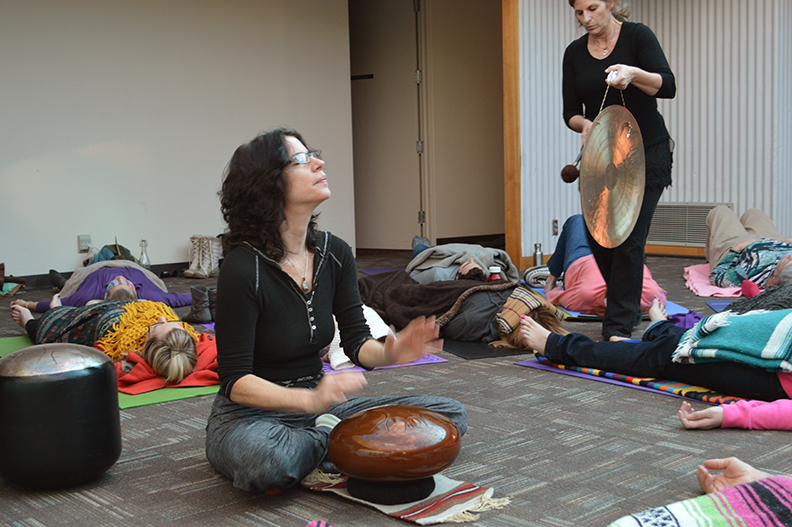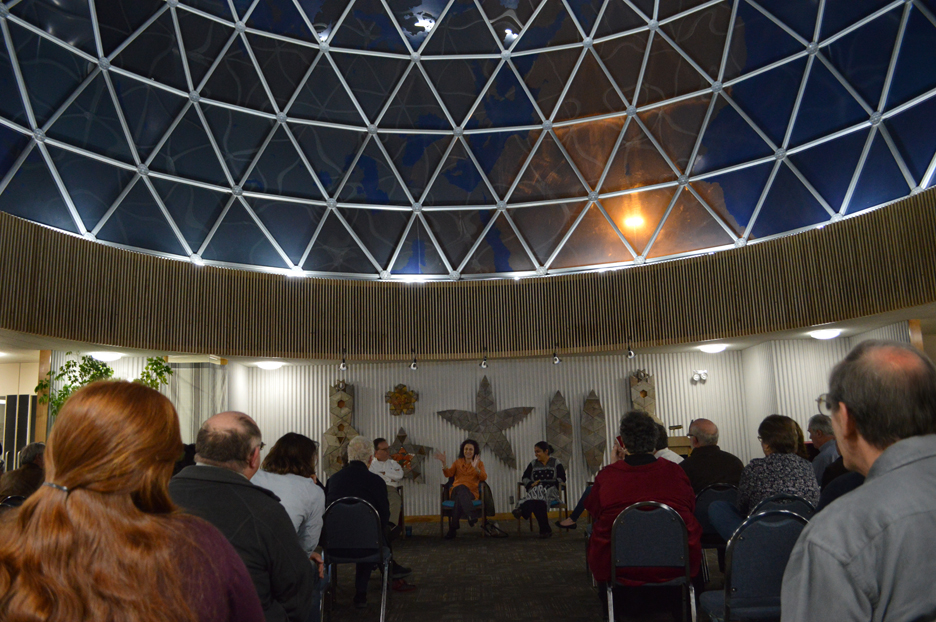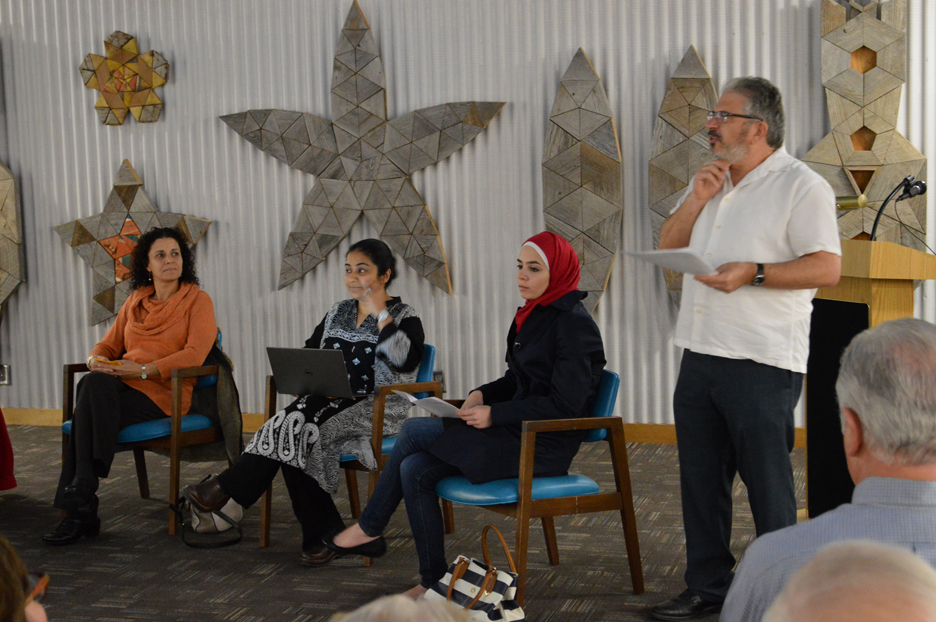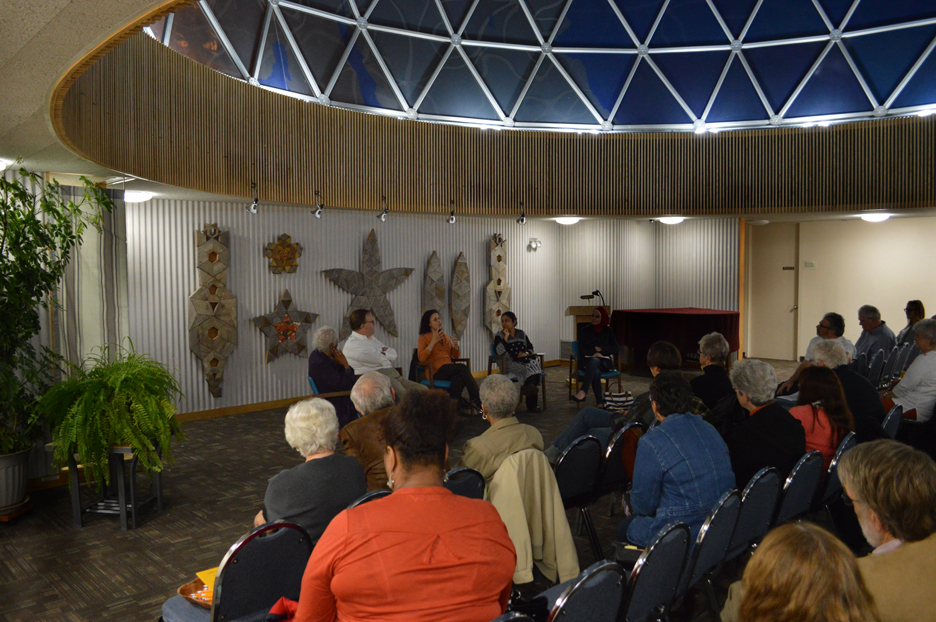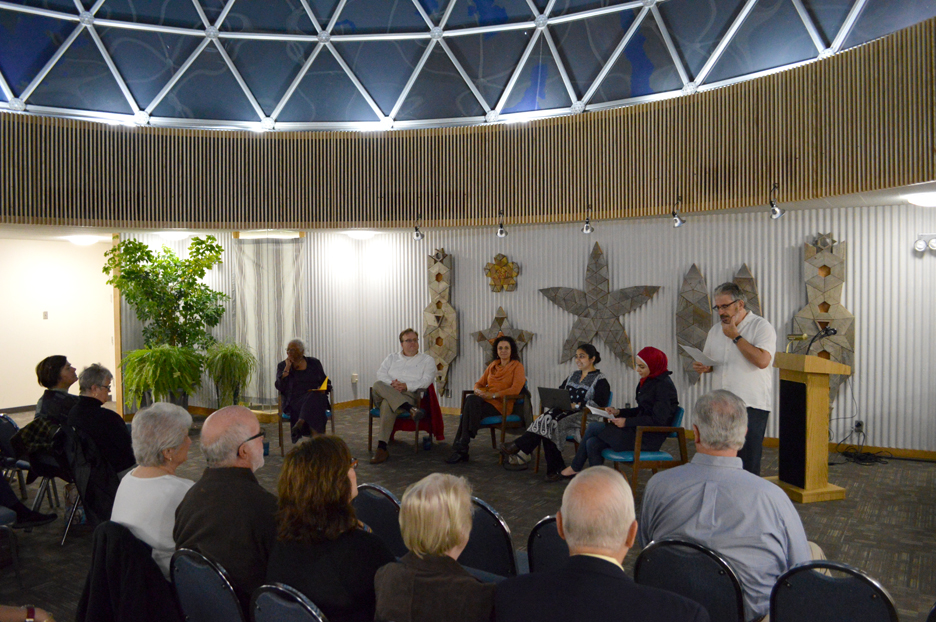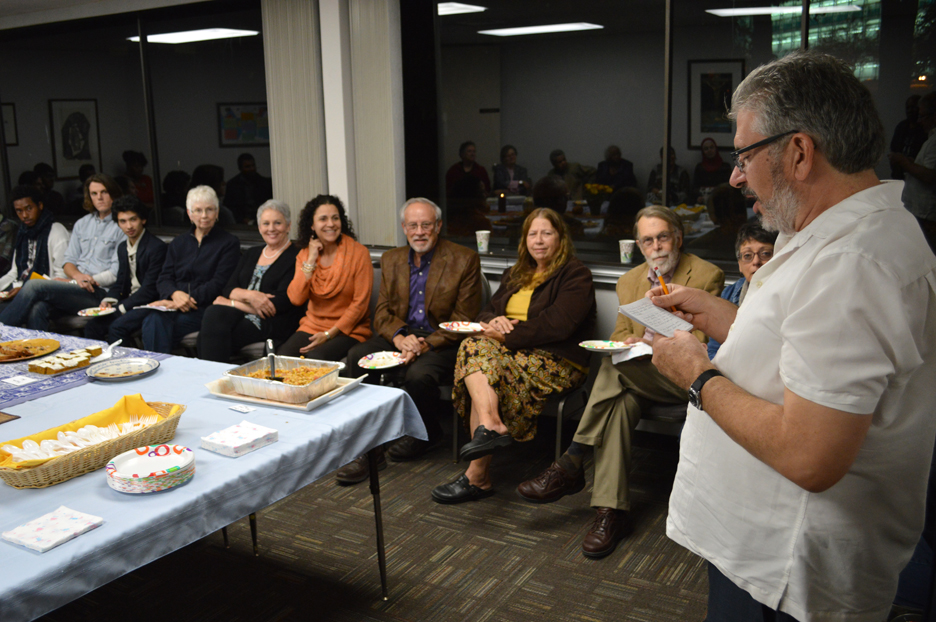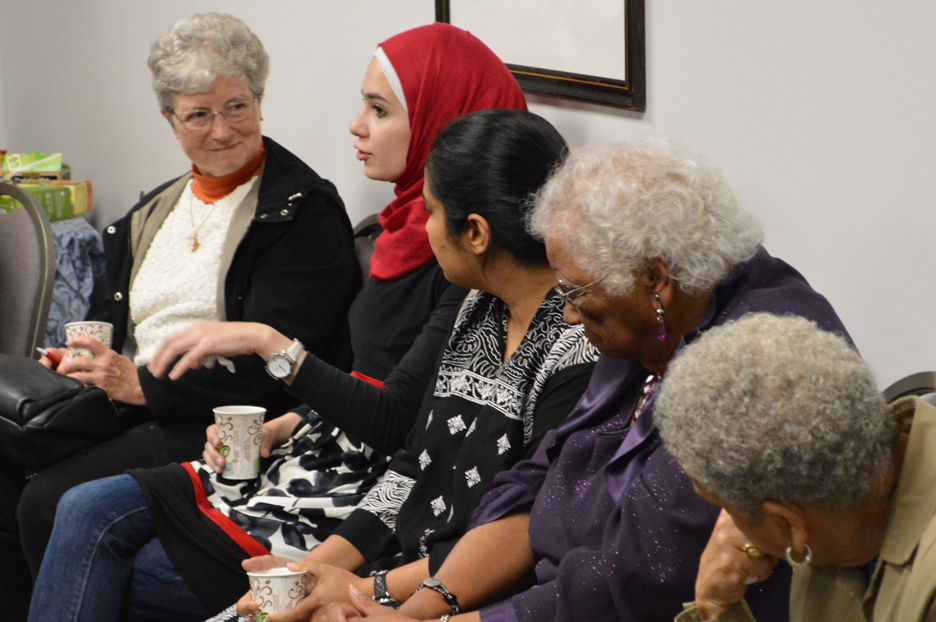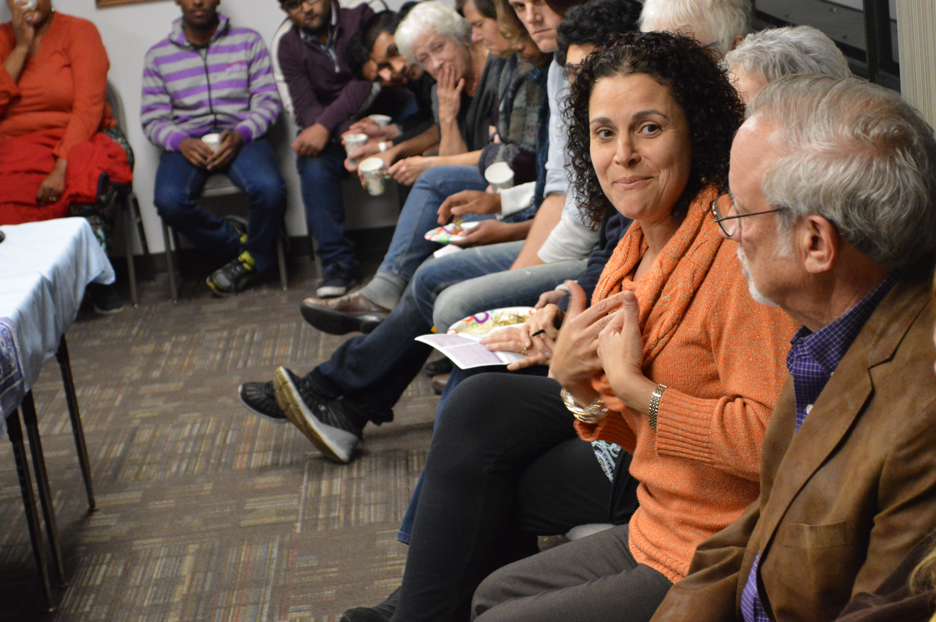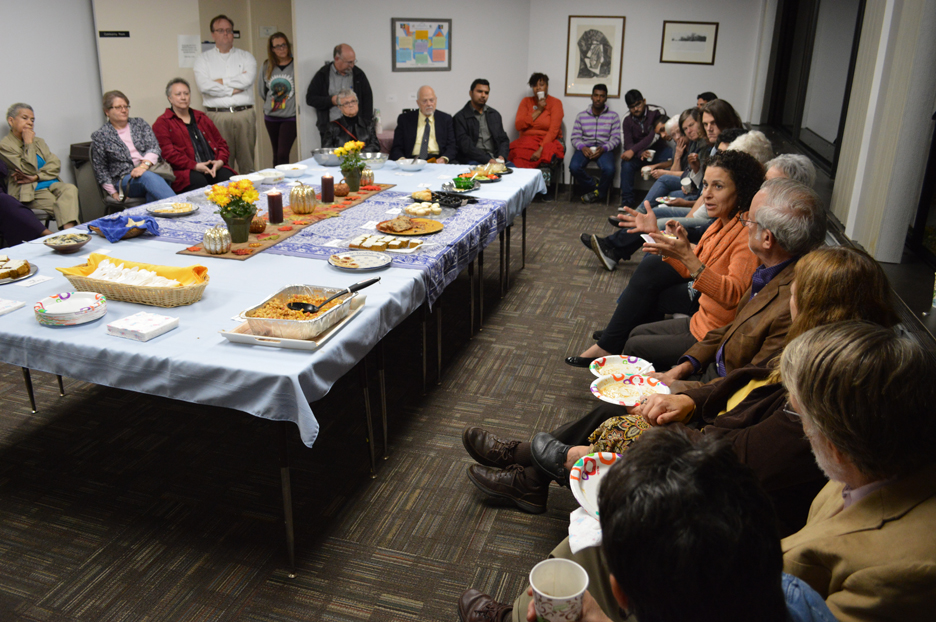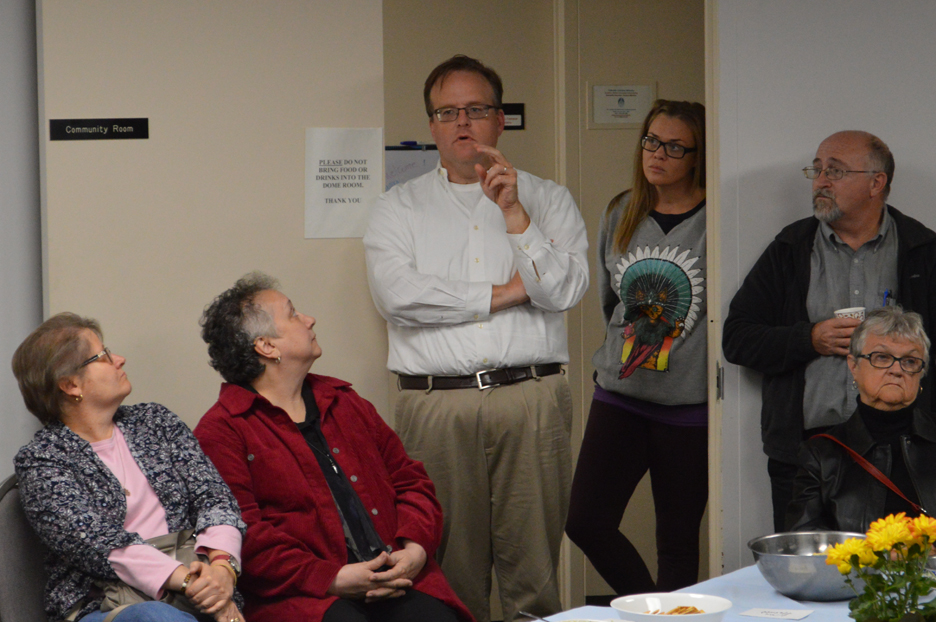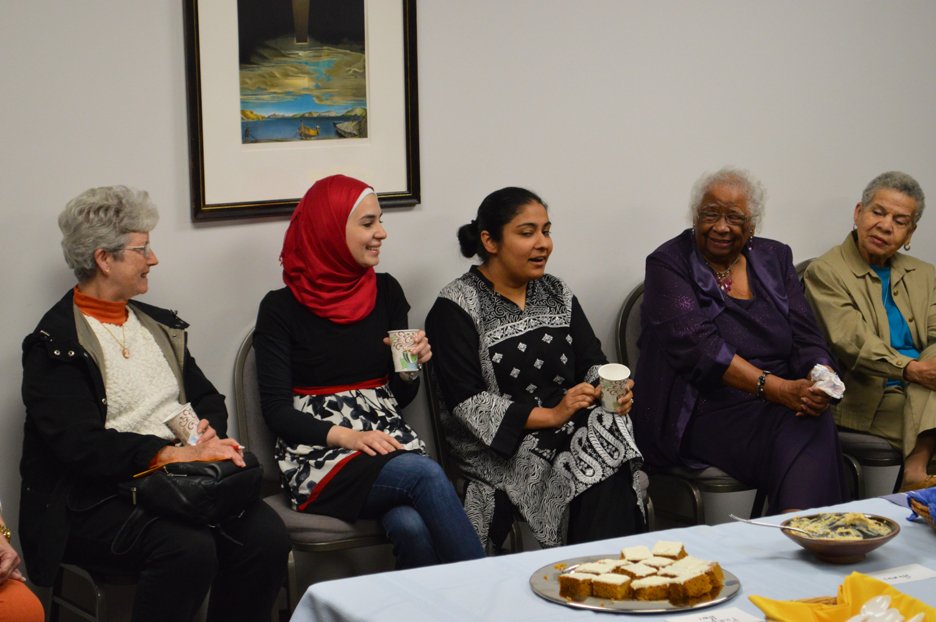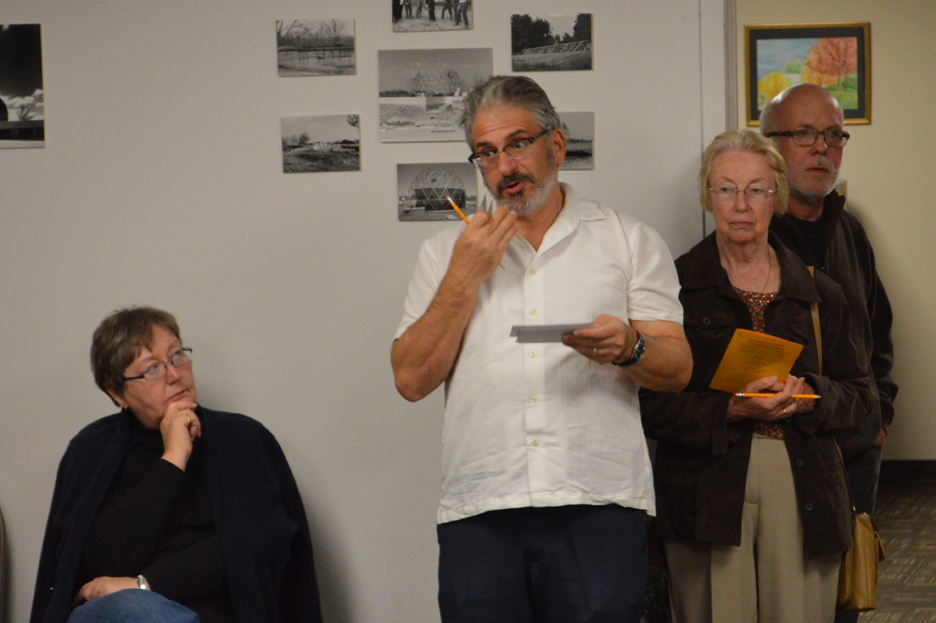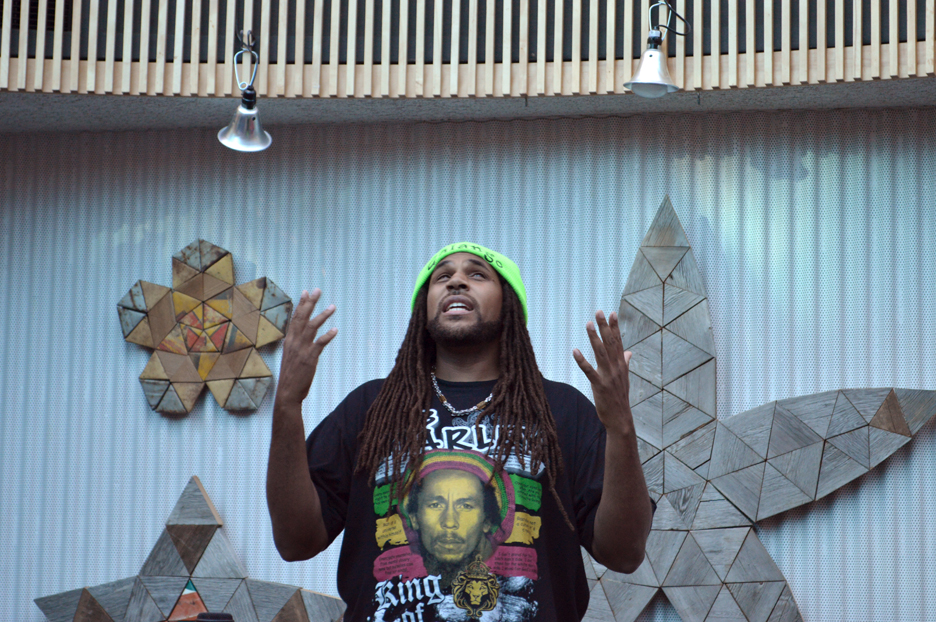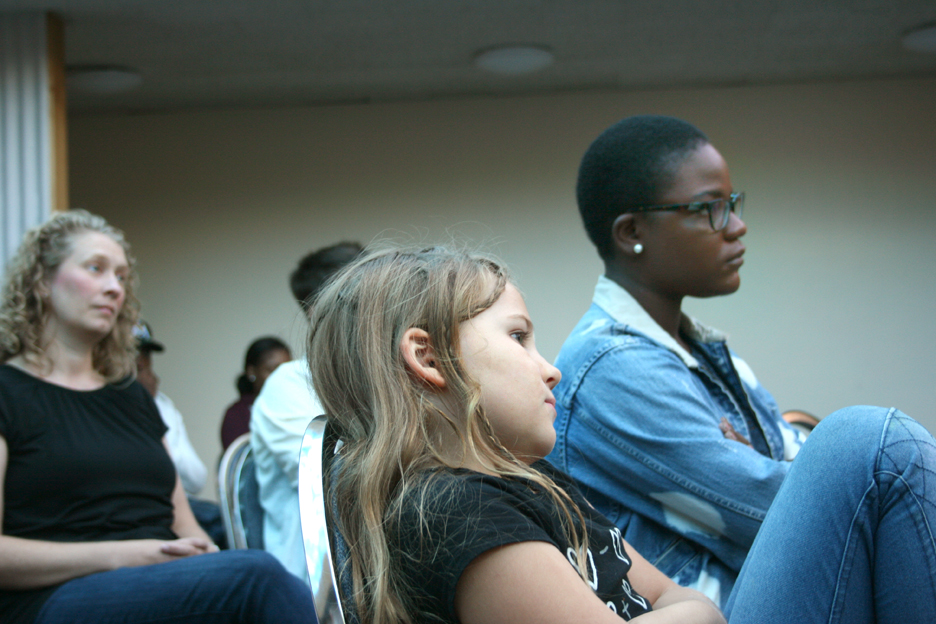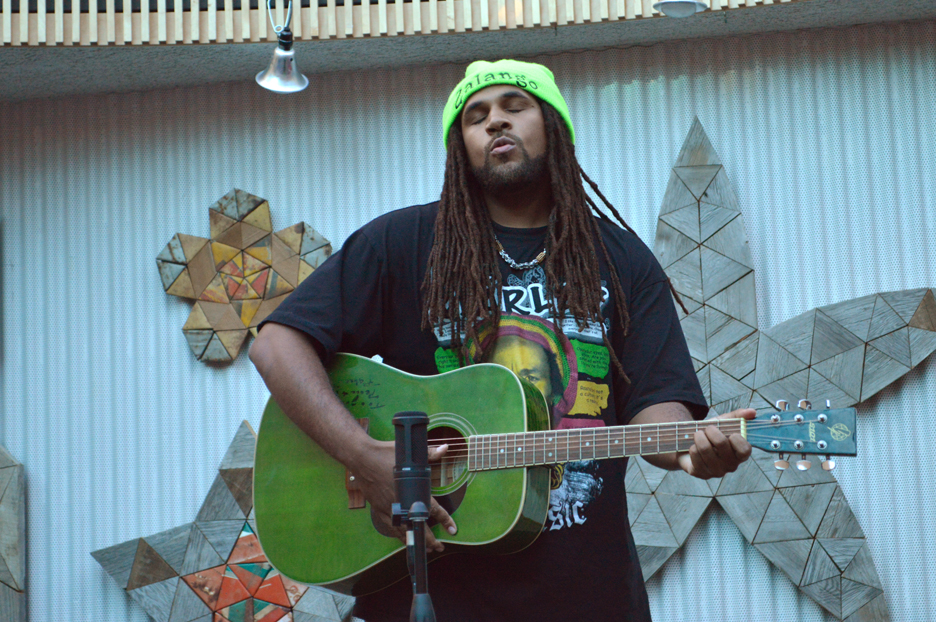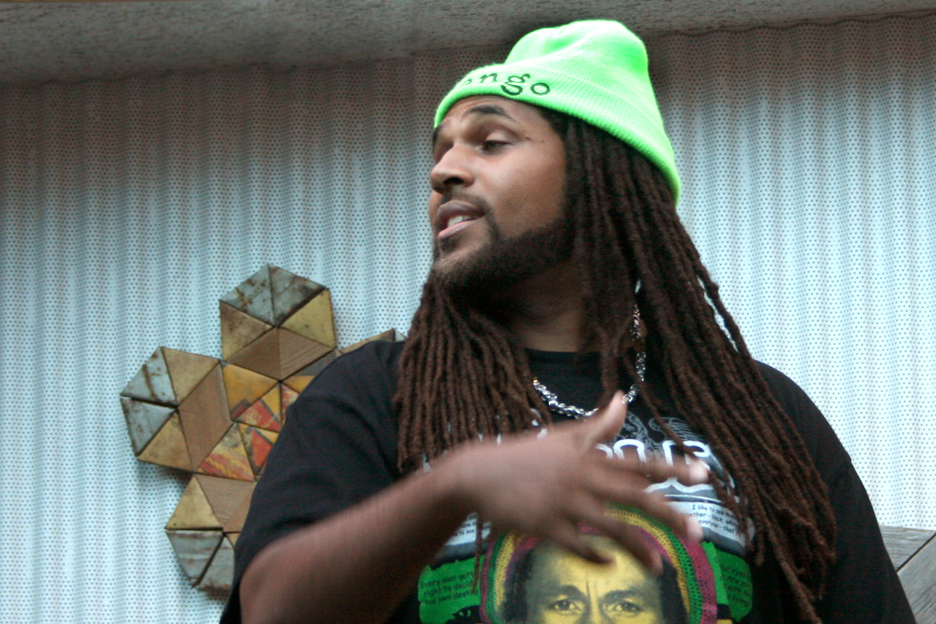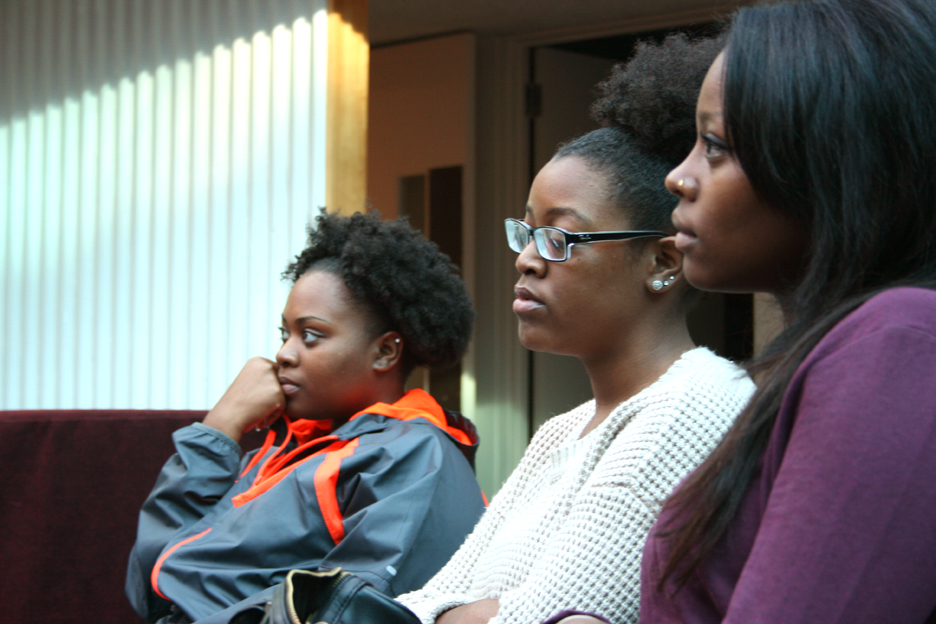June 12, 2016 has been designated “Sacred Earth, Sacred Trust,” a worldwide, multi-faith day of prayer & action for the planet and a call for world leaders to commit to a 1.5 degree limit on global temperature rise. It is the beginning of a weeklong, world-wide celebration to commemorate the six-month anniversary of the Paris Agreement and the one-year anniversary of the publication of the Encyclical, “ Laudato Si, ” among other faith declarations. To learn more go to www.sacredearth2016.org
In the fall of 2015 a diverse group of Catholics gathered at La Vista Ecological Learning Center in Godfry, IL to read and discuss “Laudato Si” The following is the declaration we crafted to commit ourselves to educate and act on behalf of our “Common Home,” planet Earth. The Center for Spirituality & Sustainability pursues this mission.
OUR LAUDATO SI DECLARATION: We joyfully declare that we have read the Papal Encyclical, Laudato Si, as a community and both collectively and individually we pledge our hearts and minds to the enactment of this encyclical.
We have joined together to read this encyclical and discuss its importance for our local communities and the world, and we wish to share with others the joy, hope and integrity that it offers.
Diverse international perspectives informed our work and will enable us to take the encyclical’s message far and wide.
We commit ourselves to sharing these ideas with people we meet and to engage others in prayer, action and advocacy for the environment and all of God’s creation. We do this in order to make our common home a better place to live for future generations. Also to decrease the impact of selfish overuse of environmental resources that has and continues to destroy our natural world and cause many people to suffer, especially the poor, the under-served and at-risk communities.
With urgency, we pledge to confront our broken consumption-based economy and look to new ways of building community that will benefit all peoples. We commit ourselves wholeheartedly in a spirit of peace, justice and integrity for all creation.
Signed:
Sr Maxine Pohlman SSND (Oblate Ecological Initiative, Godfrey IL, USA)
Betsy Slosar (Center for Spirituality & Sustainability, Edwardsville IL, USA)
Virginia Woulfe-Beile (The Sierra Club, Alton IL, USA)
Rev. Bill Veith (ELCA Lutheran Pastor, Alton IL, USA)
Richard Worthen (Alton IL, USA)
Fr Jack Lau (Oblates of Mary Immaculate, Godfrey IL, USA)
Fr Tom Horan (Oblates of Mary Immaculate, Godfrey IL, USA)
Fr Rudy Nowakowski (Oblates of Mary Immaculate, Godfrey IL, USA)
Amila Perera (Gampaha, Sri Lanka)
Nishan Priyadarshana (Buttala, Sri Lanka)
Jean-Emmanuel Meloncourt (Port-au-Prince, Haiti)
Paul Raj Arulanantham (Dindigul, Tamil Nadu, India)
Joshua Nash (Adelaide, Australia)
Steven Montez (Kingsville TX, USA)
